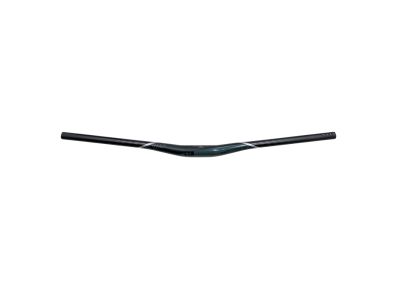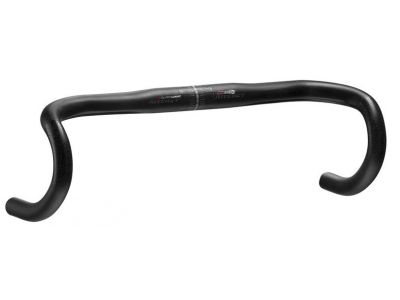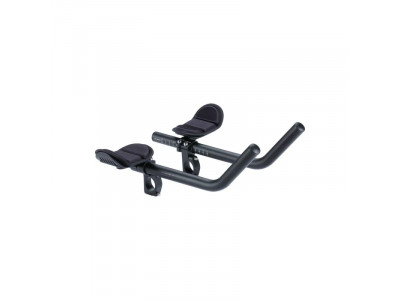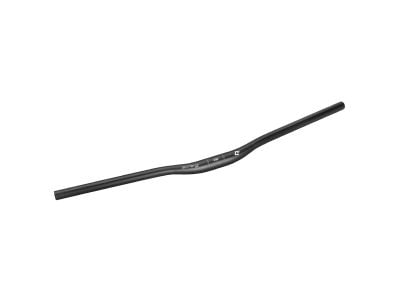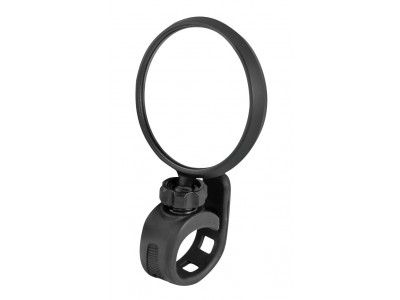Choosing the right bike handlebars is crucial for comfort, control, and the overall riding experience. There are several things to consider when making this decision. Here is a short guide to help you choose the right handlebar:
- Bike type: Consider the type of bike for which you are picking handlebars (road, mountain, trekking, etc.). Different handlebars are designed for different riding styles and purposes.
- Width: The width of the handlebars affects stability and control. For road bikes, shoulder width is used as a basic parameter, pick handlebars with the same width or slightly wider handlebars for easier bike control. Mountain bikes use handlebars with a width of 700 mm to 780 mm, depending on the height of the rider and the terrain. So the ideal handlebar width can vary and depends on the rider's preferences, the type of bike and the terrain.
- Rise: Bike handlebar rise refers to the vertical distance between the centre of the handlebars, where they connect to the stem, and the grips or ends of the handlebars. It is an important factor that affects posture, comfort, and control of the bike.
- Material: Handlebars are usually made of aluminium or carbon fibre. Aluminium is durable and cost-effective, while carbon fibre is lighter and absorbs more vibrations.
- Diameter: The diameter of bicycle handlebars refers to the middle part of the handlebars where they connect to the stem. This dimension is very important, because it determines the compatibility of the handlebars with the stem and other components.
What types of bicycle handlebars are there?
There are the following basic types of handlebars and they are characterized by their specific properties:
- Road bike handlebars
Handlers on road bikes are also known as drop bars, they are primarily intended for speed and efficiency on paved roads.
- Shape: Road handlebars have a unique teardrop shape that provides multiple hand positions for better aerodynamics and control.
- Width: They are typically narrower than the handlebars of mountain and trekking bikes, which allows for better aerodynamics.
- Limited off-road capabilities: Road handlebars are not suitable for off-road or rough terrain due to their design and shape.
- Mountain bike handlebars:
Mountain bike handlebars are designed for off-road riding and provide better control in uneven and challenging terrain. These handlebars are very comfortable and resistant to mechanical influences.
How to correctly measure the width of the handlebars?
Handlebar width is not a universal concept, it varies depending on various factors such as riding disciplines, body proportions and personal preferences. In general, classic flat handlebars are measured from end to end, and road handlebars are measured from centre to centre of the diameter at the deepest point of the "drop".
Don't forget that personal preference plays an important role when choosing handlebars, so take your time to find what suits you best.




